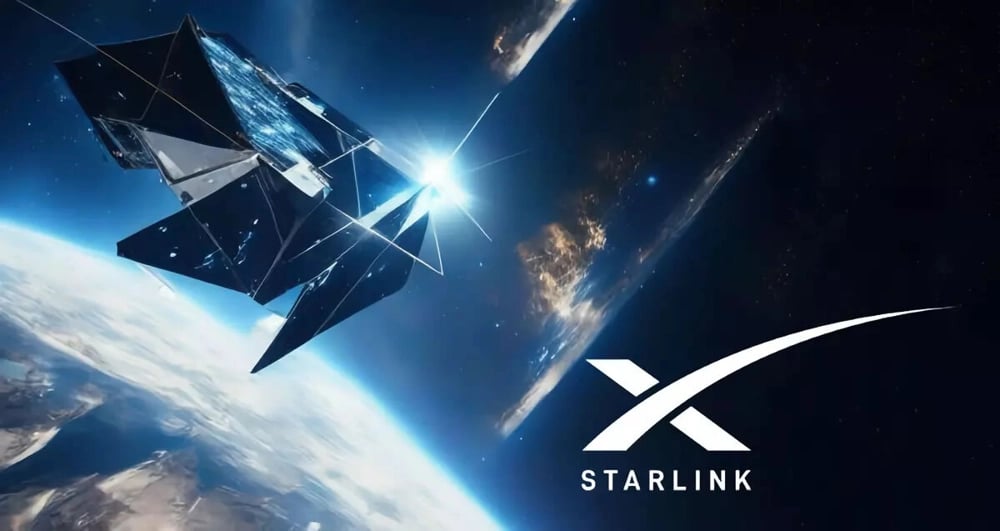China’s Laser-Based Satellite Outpaces Starlink in Breakthrough Data Transmission
In a major leap for orbital communications, Chinese researchers have successfully tested a satellite laser transmission system that surpasses SpaceX's Starlink in data speed, despite operating at a far greater orbital altitude. Leveraging a mere 2-watt laser, the team demonstrated a data transfer rate of 1 Gbps, outperforming Starlink's average speeds and challenging long-standing limitations in satellite internet infrastructure.
High Orbit, Higher Speed
While Starlink satellites operate in Low Earth Orbit (LEO) at approximately 550 km, the Chinese laser satellite functions from geostationary orbit (GEO) at 36,000 km, over 60 times farther from Earth. Traditional GEO satellites have suffered from latency and bandwidth constraints, but this new system defies convention. The 1 Gbps speed not only exceeds Starlink’s current capacity of several hundred Mbps, but also delivers this performance across a significantly larger atmospheric path. This suggests a fundamental advancement in laser-based space communication capabilities.

Overcoming Atmospheric Turbulence
One of the core challenges in optical satellite communication is atmospheric distortion. Even low-power lasers struggle to maintain integrity when signals pass through the Earth’s turbulent air layers. However, the Chinese team led by Professor Wu Jian of Peking University and Liu Chao from the Chinese Academy of Sciences achieved stability through a hybrid signal correction method.
Their innovation, termed AO-MDR synergy, integrates:
Adaptive Optics (AO): Real-time wavefront correction to sharpen laser beams.
Mode-Division Receiving (MDR): Advanced signal discrimination for higher fidelity in transmission.
By combining these, the satellite system mitigates distortions and ensures clarity at bandwidths suitable for high-data applications, including real-time video and military communications.

Strategic Implications for the Satellite Sector
This development presents potential strategic disruption for both state and private space communication operators:
Performance Benchmark: Demonstrates viability of high-speed communication from GEO, reshaping bandwidth expectations.
Cost Efficiency: A 2W system achieving high throughput may reduce power and weight demands on future satellites.
Competitive Pressure: Intensifies the race between Chinese orbital programs and SpaceX, OneWeb, and Amazon’s Project Kuiper.
If commercialized, such technology could leapfrog current LEO-dependent networks, offering more reliable and scalable coverage across remote or underserved geographies.
International Technological Signaling
While the Starlink constellation has expanded rapidly, serving over 3 million users, this Chinese innovation signals a possible shift in satellite network architectures. The use of weak yet stable laser systems opens the door for higher altitudes without sacrificing speed or quality, a feat previously deemed impractical.















Comments
Incredible innovation that could change how we connect globally!
This breakthrough could reshape the future of global internet connectivity!